Before the Writing Life circle begins, I pick a mandala card from Sarah Clark’s Meditation Cards to add to our centre along with the candle, Tibetan ting sha, and talking piece. One morning, the card was “I Am Connected.” As we did our “check in,” we reflected on how we were connected and how we were not. In the women’s writing circle, we are connected to one another, to our stories, and to the writing life. I’ve been thinking about the phrase ever since then and just last week, the card came up again.
It’s pretty easy to tap into how we’re not connected in an era of brief text messages (although I’m grateful for those too!). As I’ve had a chance to reflect on the card, I’ve thought of so many ways I am connected. Writing this blog for instance, I’m connected to theme that matter to me and to people who often will send responses back to me.
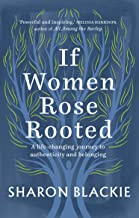 As I read a book, I feel connected to the author of it and to my own imagination. Lately I’ve been reading Sharon Blackie’s If Women Rose Up Rooted (September Publishing, 2019) and Padraig O Tuama’s In the Shelter: Finding a home in the world (Hodder & Stoughton, 2016).
As I read a book, I feel connected to the author of it and to my own imagination. Lately I’ve been reading Sharon Blackie’s If Women Rose Up Rooted (September Publishing, 2019) and Padraig O Tuama’s In the Shelter: Finding a home in the world (Hodder & Stoughton, 2016).
One writer, unknown to me, contacted me recently as she had read a review of mine on the Caitlin Press website. She sent me an email asking me about my “writing process.” Writing is my way of being connected to myself and others and so I was happy to think about my “process.”
Some of the aspects of the writing process are, I said, to stay connected to my writing every day in some way. As much as I crave and appreciate solitude, I don’t work in isolation. I go to retreats where we write together in a large circle and go away for the afternoon to work on our own. We share what we’ve written with one another and look to a master teacher for some guidance. Some writers have formed writing groups where they share what they’re working on and in those sorts of groups, it’s great to have people cheering you on. People are literally waiting for what you will do next.
For over a year, I’ve been getting together with other writers to have brunch and gab. We may talk about writing and the writing life and we let the conversation go wherever it wants to go. No agenda. No “to-do” list. It’s a way to stay connected and it’s fun to just go with the flow for a couple of hours. We meet at the Nanaimo Bakery also called the German bakery. We describe our get togethers as “chandelier coffee” as the bakery has almost twenty chandeliers hanging from the ceiling.
As I drive down Bowen Road from where we live in north Nanaimo, I feel connected to the other people driving around me. We’re all in this together, responsible for our own safety and those around us. Although I may complain about someone’s distracted or fast driving, I remember to say “stay safe”!
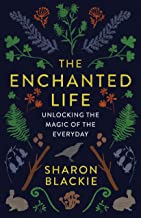 I so appreciated reading another Sharon Blackie book: The Enchanted Life: Unlocking the Magic of the Everyday (Ambrosia/House of Anansi, 2018). Sharon has readers imagine “entering a small wood on a Sunday morning in late spring.” As you step off the path and into the trees you see: “This isn’t just a wood; it’s a living, communicating ecosystem, and you are not in it but part of it. There is bluebell inside you. The rocks scattered through the wood are the protruding bones of the earth; the stream over there a vein, carrying its blood.” She goes on to suggest acknowledging a stone you call the Story Stone and next time you see it, “You might even sit down and tell it a story yourself.”
I so appreciated reading another Sharon Blackie book: The Enchanted Life: Unlocking the Magic of the Everyday (Ambrosia/House of Anansi, 2018). Sharon has readers imagine “entering a small wood on a Sunday morning in late spring.” As you step off the path and into the trees you see: “This isn’t just a wood; it’s a living, communicating ecosystem, and you are not in it but part of it. There is bluebell inside you. The rocks scattered through the wood are the protruding bones of the earth; the stream over there a vein, carrying its blood.” She goes on to suggest acknowledging a stone you call the Story Stone and next time you see it, “You might even sit down and tell it a story yourself.”
I continue to connect to my Irish roots and pagan leanings lately as I plan writing circles to honour Samhain, the winter quarter of the year, and read Sharon Blackie’s books about Ireland, a connection to the magic in every day, and the wise and powerful women from Irish mythology.
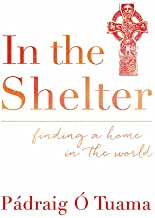 In September, I was at Bethlehem Centre in Nanaimo for a “Prayer and Poetry” retreat with Padraig O Tuama who was born in Cork and now lives in Belfast, Ireland. In a large group of almost sixty people, we shared our stories through poetry. I so appreciated having the stories and poetry from the Bible looked at through an artistic lens. Connecting the stories first heard in childhood to my poetry practice today was a wondrous blessing. As Padraig said of the Bible, it’s an exploration of the quality of the imagination.
In September, I was at Bethlehem Centre in Nanaimo for a “Prayer and Poetry” retreat with Padraig O Tuama who was born in Cork and now lives in Belfast, Ireland. In a large group of almost sixty people, we shared our stories through poetry. I so appreciated having the stories and poetry from the Bible looked at through an artistic lens. Connecting the stories first heard in childhood to my poetry practice today was a wondrous blessing. As Padraig said of the Bible, it’s an exploration of the quality of the imagination.
One of the first poems we had a look at was “Concerning That Prayer I Cannot Make” by Jane Mead which ends: “listen / listen, I am holy.”
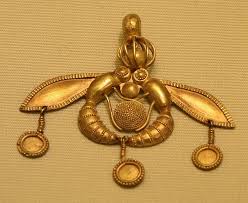 Attending the retreat with Padraig included spending time with several poet friends met through the years at poetry retreats and in writing circles. One of them was Liz McNally. Immediately I saw the necklace Liz was wearing: two gold bees on either side of a drop of honey. I have the same pendant myself, a reproduction of one found at the Palace of Malia on the Greek island of Crete. I was taken back there in a second remembering the circle of women telling their stories about what led them to Crete on a goddess pilgrimage. Every day we learned more about the peaceful lives of the Minoans and re-enacted rituals, learning about peaceful traditions to honour women and Nature. If we did it before, we can do it again. Those circles inspired me to begin women’s writing circles when I returned home.
Attending the retreat with Padraig included spending time with several poet friends met through the years at poetry retreats and in writing circles. One of them was Liz McNally. Immediately I saw the necklace Liz was wearing: two gold bees on either side of a drop of honey. I have the same pendant myself, a reproduction of one found at the Palace of Malia on the Greek island of Crete. I was taken back there in a second remembering the circle of women telling their stories about what led them to Crete on a goddess pilgrimage. Every day we learned more about the peaceful lives of the Minoans and re-enacted rituals, learning about peaceful traditions to honour women and Nature. If we did it before, we can do it again. Those circles inspired me to begin women’s writing circles when I returned home.
Padraig’s visit to Bethlehem Centre was sponsored by the Anglican Diocese so there were Anglicans including ministers along with the lapsed and the non-Christian. And there were the poets who may or may not have fit into those descriptions. Being there means we haven’t completely shunned the stories we were told from the family Bible, especially as there are so many ways to look at them. “Stories are a great lullaby for the human condition,” Padraig said.
One of the poems we looked at the writing circle recently was “Small Kindnesses” by Danusha Lemeris from her first book, The Moons of August (Autumn House Press, 2014). “A catalog of small encouragements” Naomi Shihab Nye said of the poem when she chose it for The New York Times Magazine. It’s such a sweet poem about the small connections we make to others, including strangers, in our daily lives.
We have so little of each other, now. So far
from tribe and fire. Only these brief moments of exchange.
What if they are the true dwelling of the holy, these
fleeting temples we make together when we say, “Here,
have my seat,” “Go ahead—you first,” “I like your hat.”
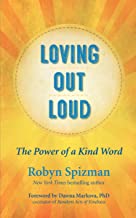 Robyn Spizman has written a book called Loving Out Loud: The Power of a Kind Word (New World Library, 2019) in which she writes about how gratitude affects our lives. She suggests creative ideas and insights “to wake up kindness in your life while connecting better with the world around you.”
Robyn Spizman has written a book called Loving Out Loud: The Power of a Kind Word (New World Library, 2019) in which she writes about how gratitude affects our lives. She suggests creative ideas and insights “to wake up kindness in your life while connecting better with the world around you.”
Showing appreciation for others is a good way to start. “Ask questions about others instead of endlessly talking about yourself” is one of Robyn’s LOL practices. My friend Jane is very good at asking questions!
A chapter about “Inspiring Your Partner to Love You Out Loud” reminds me of how Sarah and I leave notes for each other especially when we’ll be away from one another. Then we find surprise notes left at home or in our suitcase.
When my friend Ulli visited from Toronto, she noticed how Sarah and I always greet one another with a “Good Morning,” a kiss and a hug. (We get up at different times.) Sarah and I were amazed at how people don’t, apparently, connect to one another in that way.
Loving Out Loud has a chapter on “Raising Kinder Children” with lots of suggestions for families such as volunteering projects. My grandchildren, Brian and Gage, live in a household where their parents, Emily and Wes, continue to be involved in community functions and fundraisers for children suffering from life-threatening diseases as well as for Epilepsy Durham Region, Alzheimer Durham and the Animal Guardian Society. The latter three societies are helped with sales of the K-9 Charity calendar that my son-in-law Wes King is involved with as a Det. Const. with the Durham Region K-9 Unit in Ontario. Kindness of course, begins at home where we can be kind throughout the day to the people and pets we live with.
A chapter in Loving Out Loud, entitled“Cherishing Loved Ones and Preserving Memories,” includes steps on preparing a eulogy. Sometimes, even after the fact, this would be a good idea to honour someone who has passed on. Sarah realized that recently when she decided to write a eulogy for her mother who died over twenty years ago.
I love to think of those “fleeting temples” during which we connect in various ways. The writing circle is a little longer than a “fleeting temple” as Lemeris said in her poem as we meet for two and half hours each week for six weeks. It’s an opportunity to share many kindnesses and encouragements and it recreates a gathering around a ceremonial fire as our ancestors did. This is a beautiful way to value and honour our life stories whether we want to ruminate about the past or ask questions about right now. This way of connecting offers a way of knowing ourselves and one another using an ancient practice in a current and holy application.

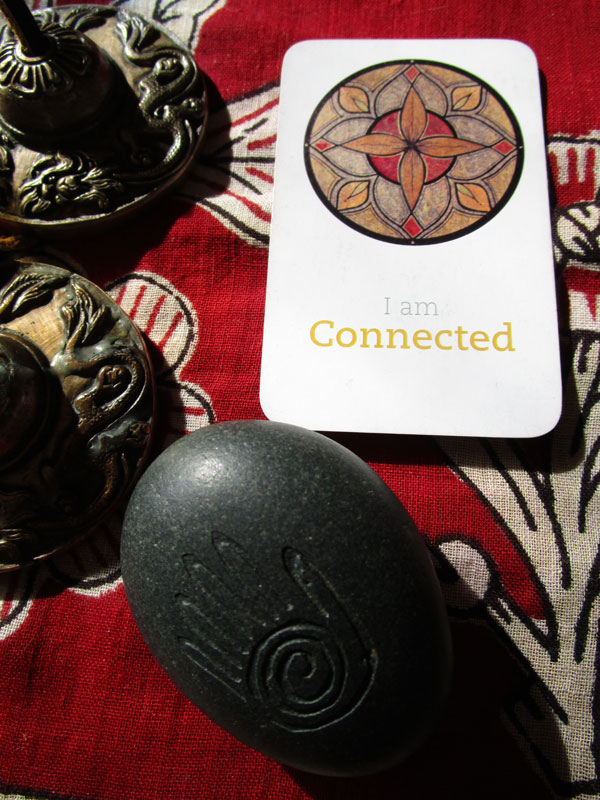
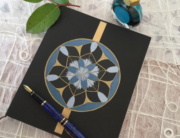
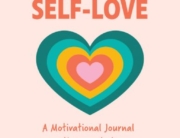
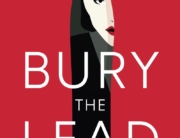
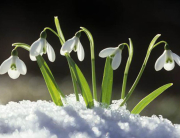

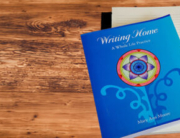
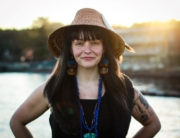
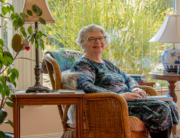
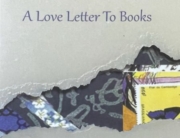
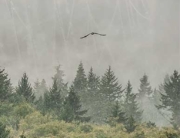
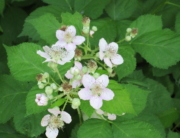
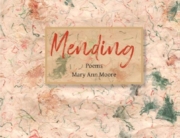
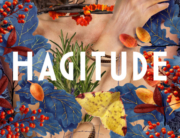
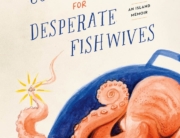
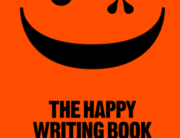
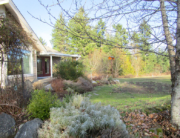
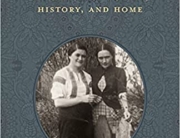
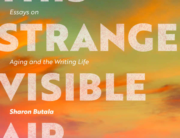
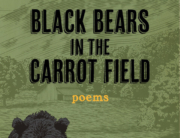
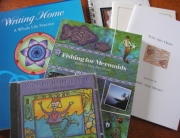
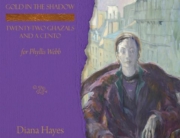
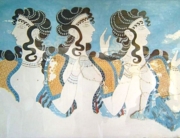
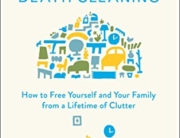
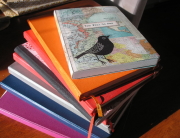
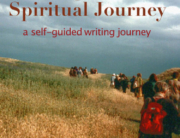
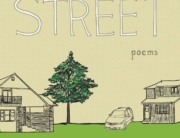
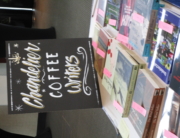
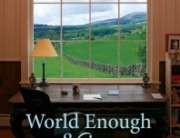
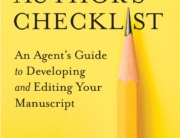
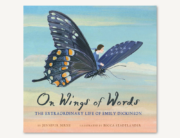
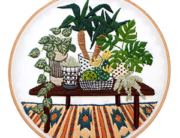
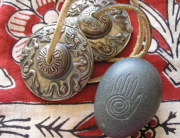
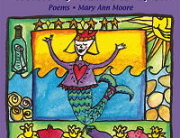
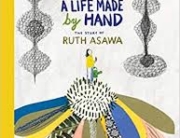
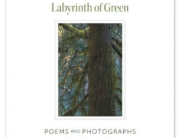
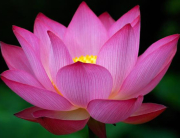
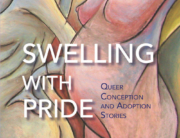
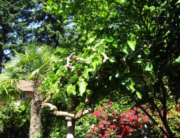
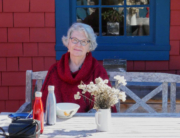
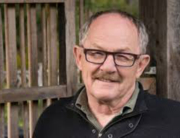
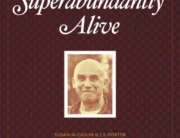
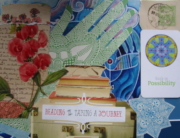
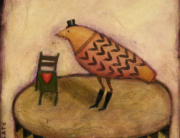

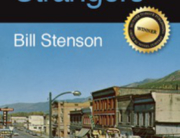
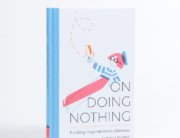
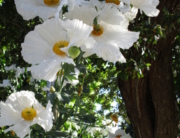
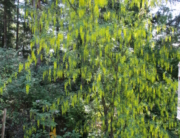
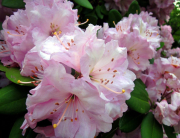
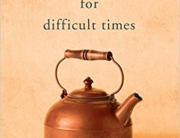
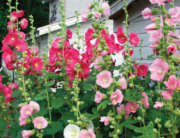
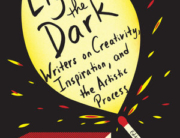
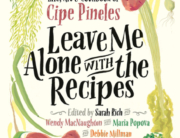
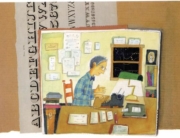
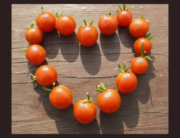



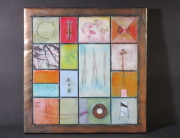
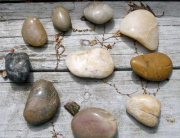
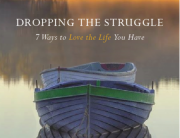
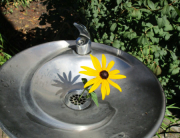
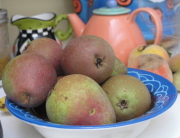
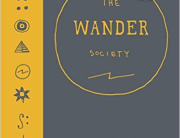
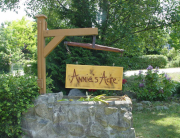
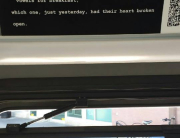
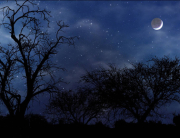
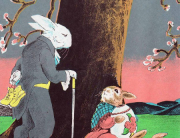
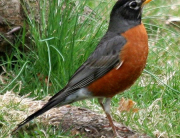
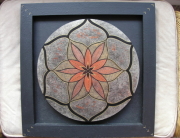

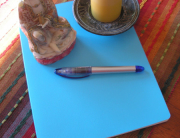
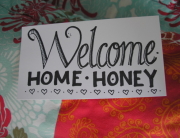
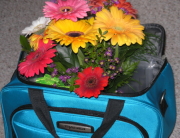
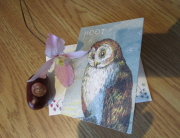
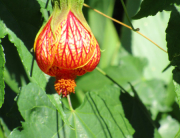
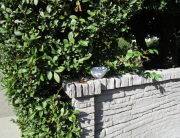
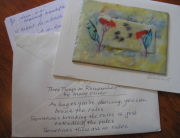

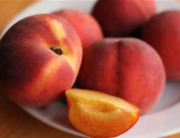
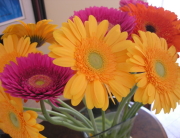
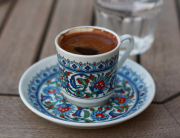
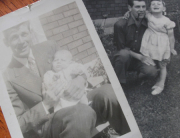
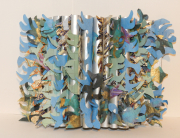


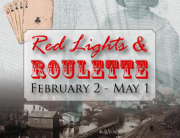
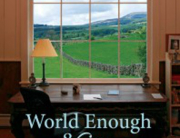
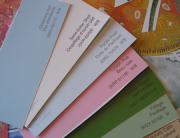
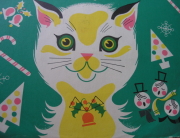
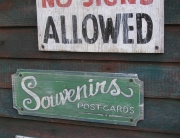

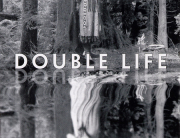

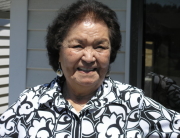
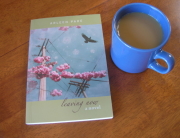
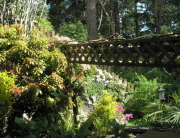
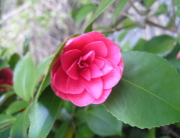

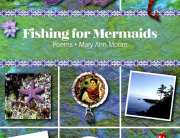
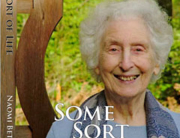
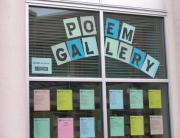
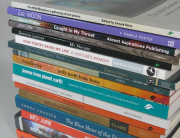

Mary Ann, your writing so inspires me!
I love love LOVE how you pluck whisps of ideas out of the ether and weave them, ethereal bit by bit, into an enchanting piece of life-affirming cloth !
Reading this piece on connection, I am grateful to be connected to you, no matter the miles between us.
I am also inspired to look up the books you mentioned!
Thank you Stephanie. I’m glad we remain connected no matter the miles. Yes, do look up the books and continue to be inspired.
Thank you very much for this motivational entry from your wisdom and your heart.I loved reading it I certainly connect to this theme! I really appreciate the sweet poem and your book reviews. Now I want to obtain my own copy of “Loving Out Loud”. If I lived in Nanaimo area I would definitely attend your Writing Circles.
I appreciate your heartfelt reply Janis. I’m sorry you’re too far away to attend the writing circles. Perhaps there will be a retreat with a much-loved mentor that we will attend together as we did in the past.
I stopped writing a few weeks ago. I am feeling a pause in my life. After reading this post a connection was made that has surprised me. There is a new writer’s voice emerging inside me, one I have not heard before. It is like meeting a stranger for the first time. I can see now that my hesitation to write has been in part because I am not sure how to connect to this voice through my writing or if I want to. As always your writing encourages me and nudges me beyond my fears reminding me that we are all in the circle together. Thank you, Mary Ann, for your continued presence and dedication to connection through your writing. As always the resources you provide and references you make are so helpful. I am eternally grateful to you and all the others who comment and bring their voice to the circle.
Thank you Beth. Writing is an amazing “connector” to ourselves as we write in a journal, with a friend when we write a letter, in a circle with others, and with “strangers” when we send our writing into the world.